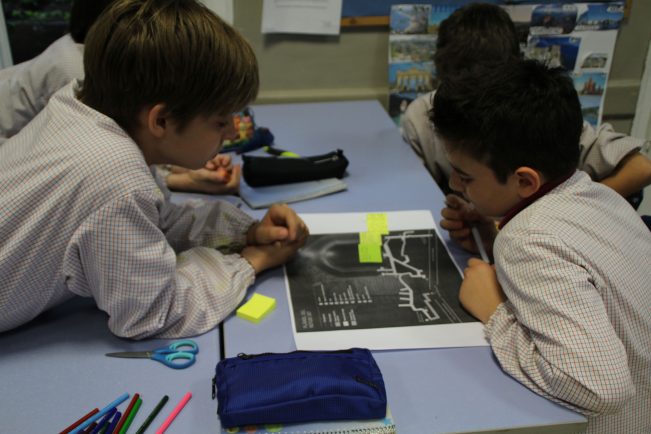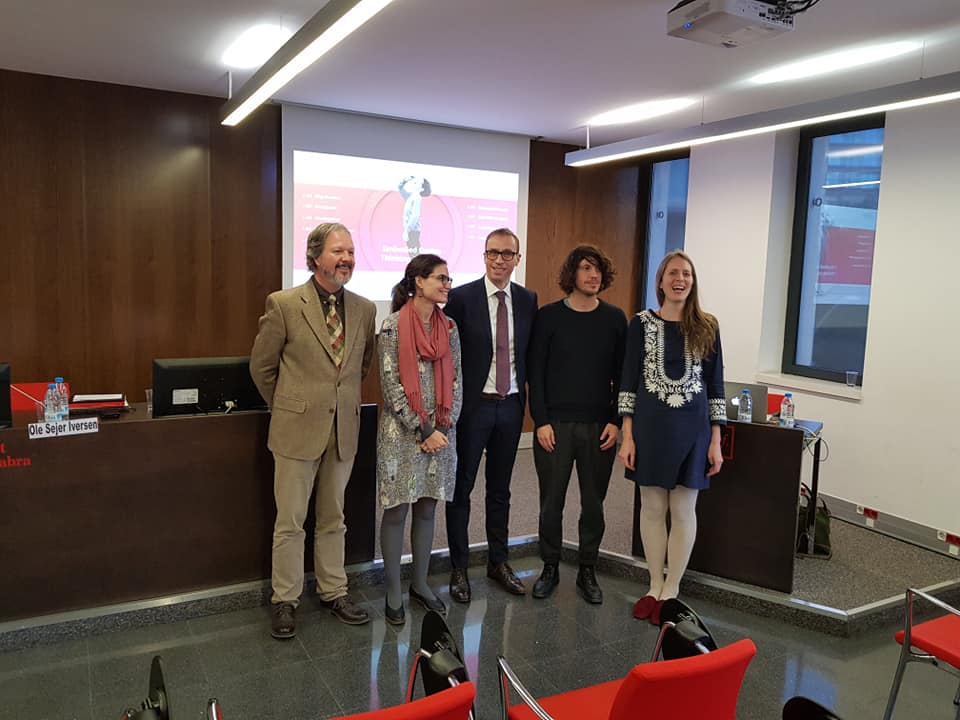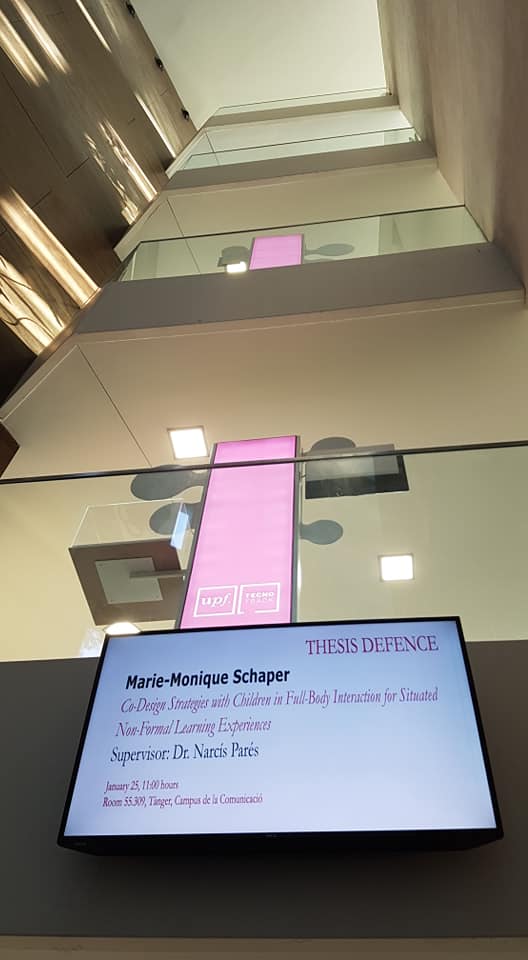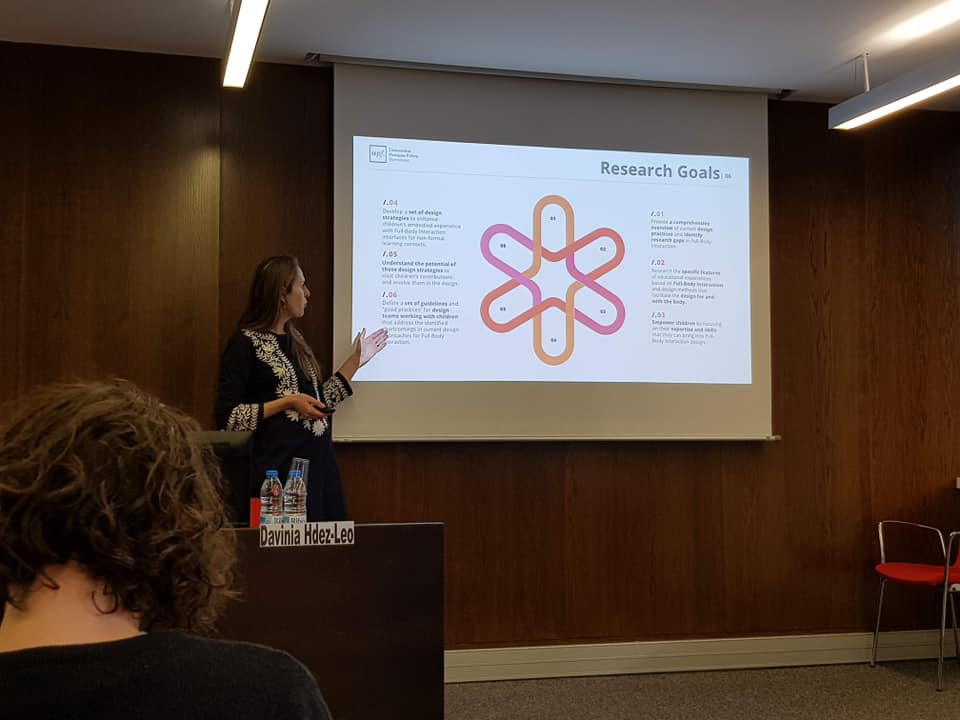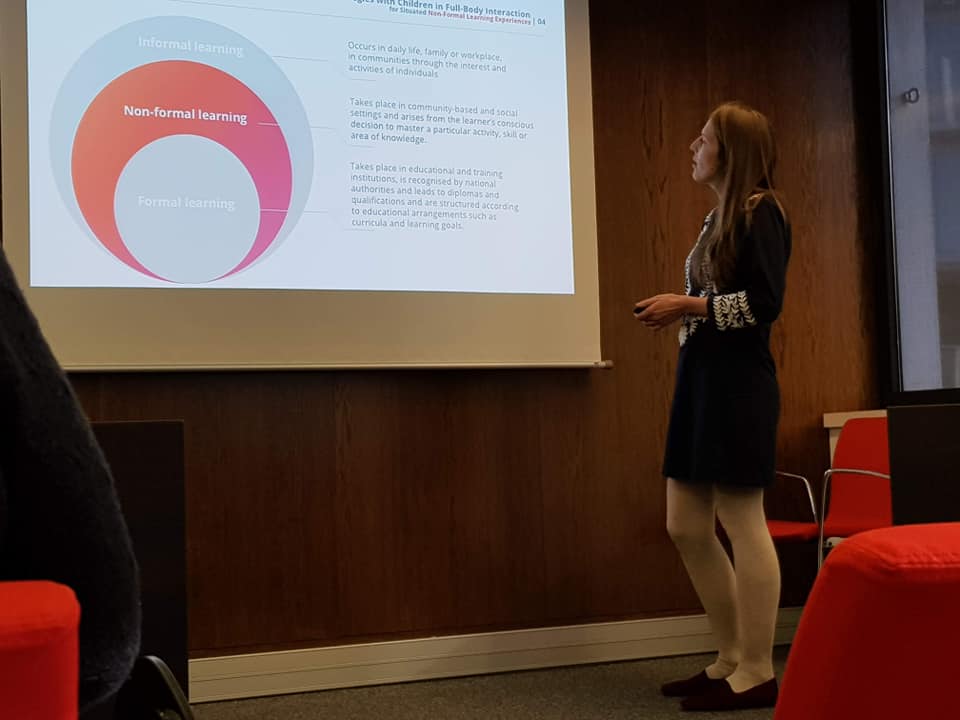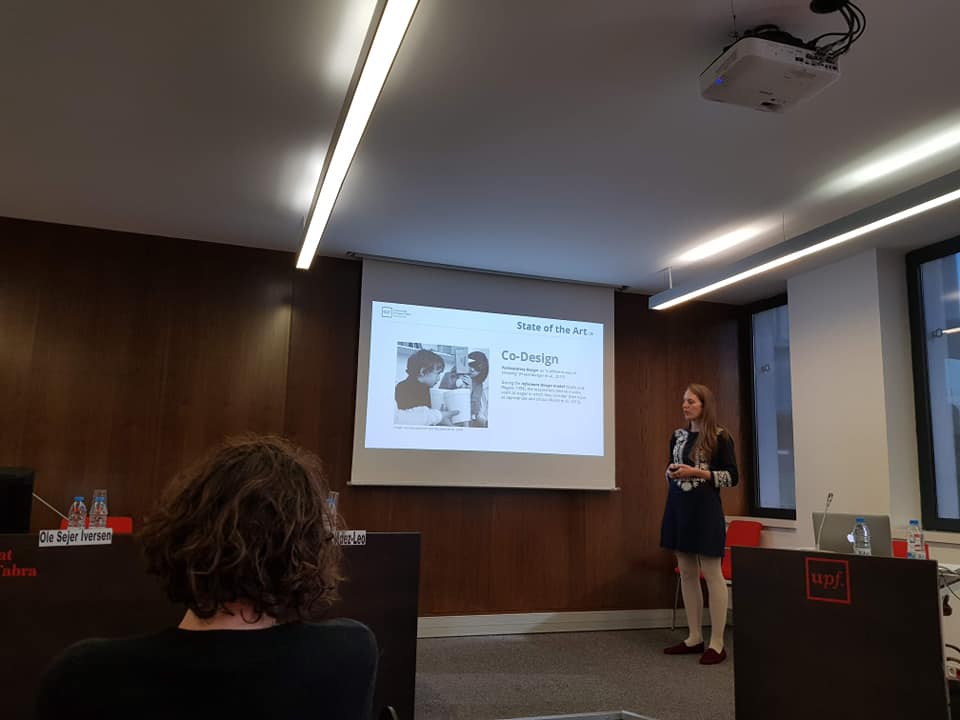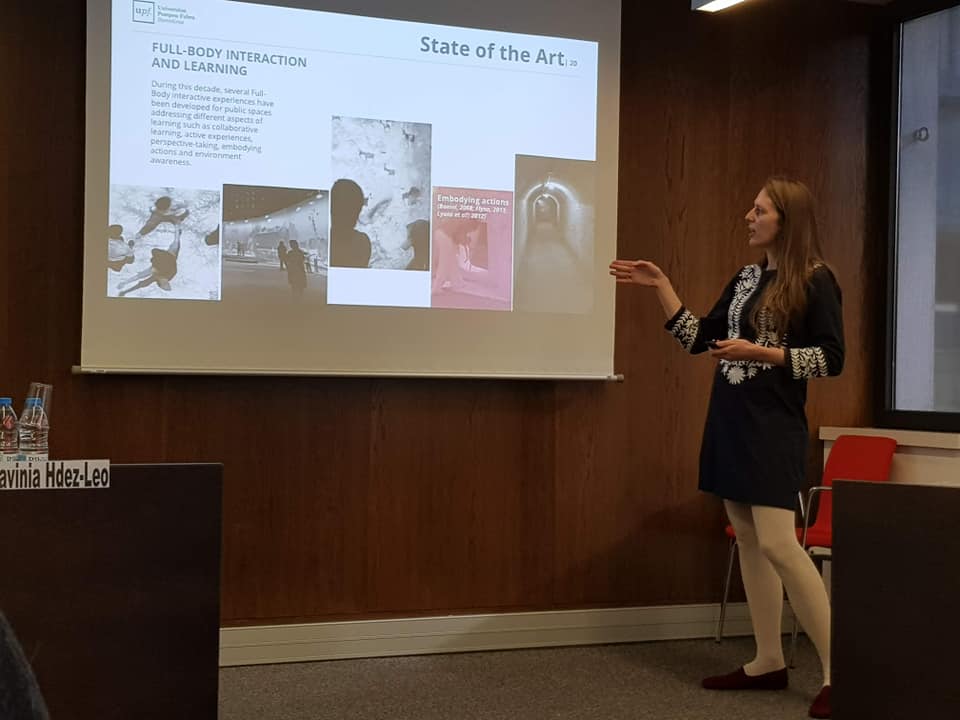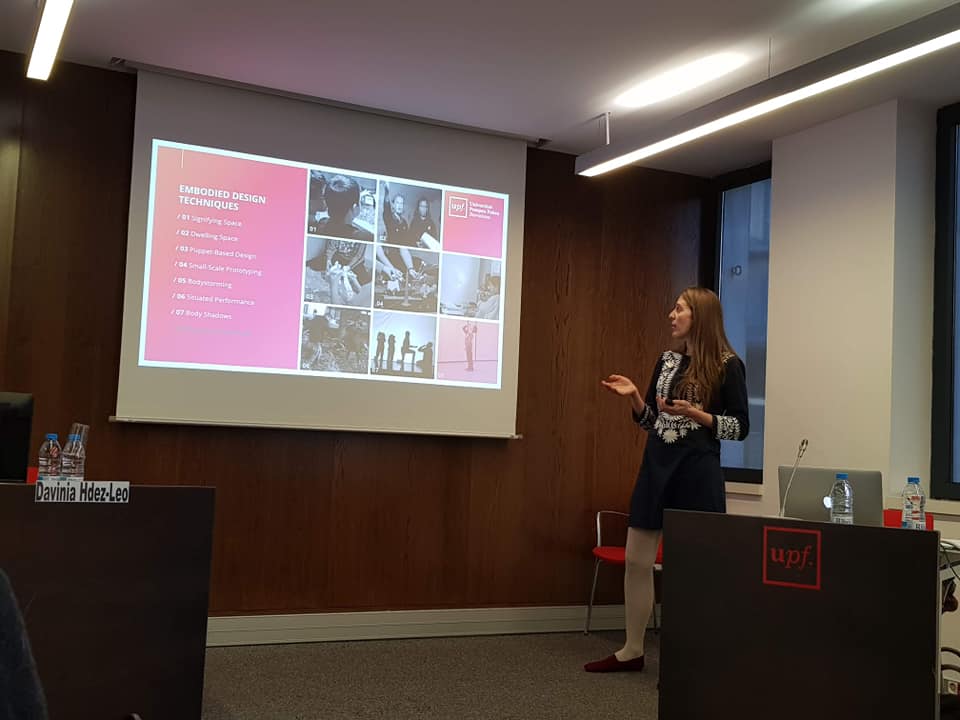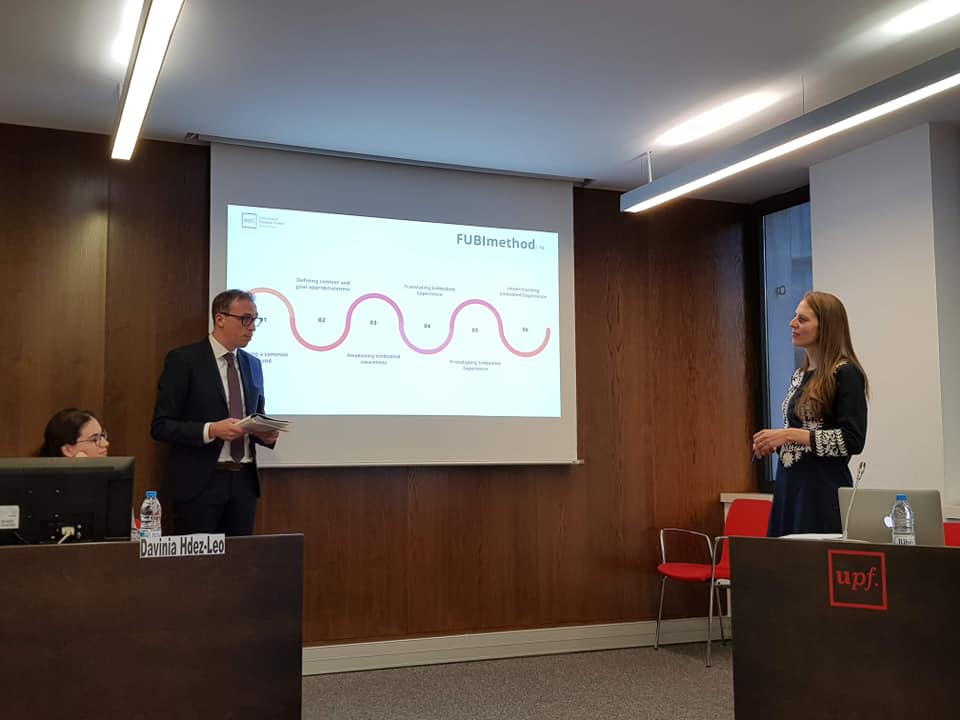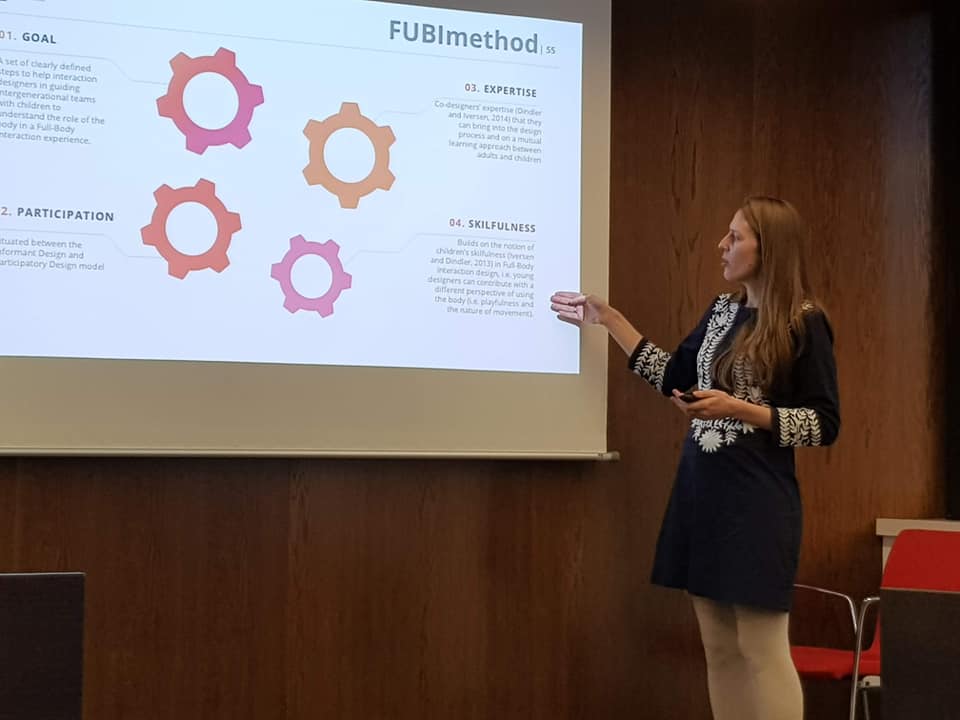Do you develop embodied design techniques for children? Check out our new Think-4-EmCoDe framework! We provide guidelines on how to evaluate and improve your techniques.
https://doi.org/10.1016/j.ijhcs.2023.103065
Think-4-EmCoDe framework: Highlighting key qualities in embodied co-design techniques for children
Embodied, co-design and children-specific methods have been gaining traction in Interaction Design for Children, and their potential and benefits are well-established. Yet methods at the intersection of all three areas are scarcer. In addition, design researchers lack tools for the analysis and adaptation of existing methods, and the creation of new ones to suit the particularities of the design project at hand. Here, we present the Think-4-EmCoDe framework for the design and analysis of embodied co-design methods and techniques for children, which foregrounds key qualities in embodied interaction design research: (1) embodied awareness; (2) reflective imaginary; (3) emergence; (4) embodied memory; (5) situated relationality; (6) contingency; (7) playful engagement; (8) play practice; (9) developmental scaffolds; and (10) social dialogue. The framework has been developed drawing from several theories, methods, and frameworks in the areas of co-design and embodied design approaches. This framework allows designers to focus on both general design qualities for embodied experiences and the specific child perspective. We illustrate the use of the framework through the analysis of three design techniques and discuss its potential as an inspirational tool to understand, adapt and refine embodied co-design techniques for children.
